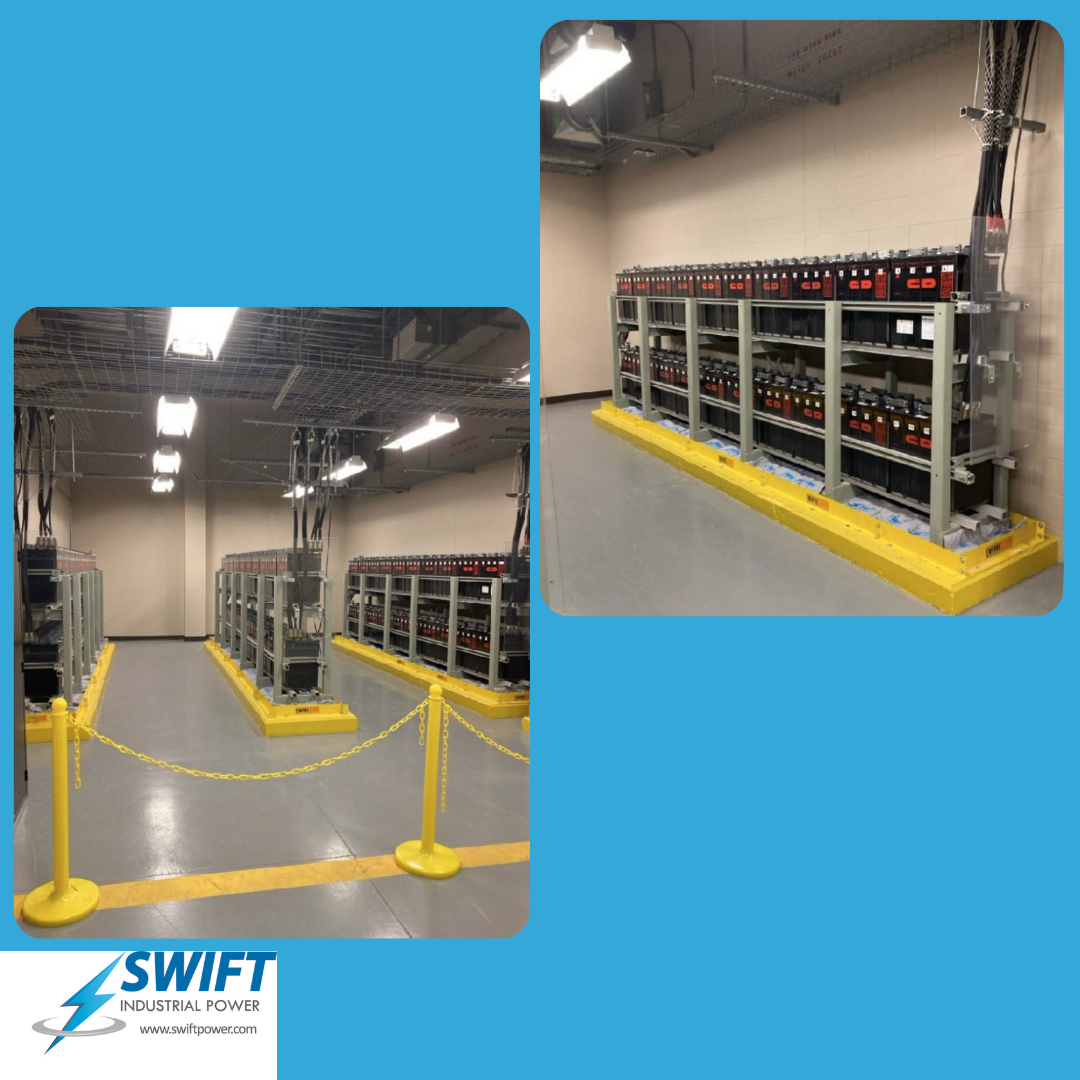Understanding Battery Backup Systems: An Overview for Facility Managers
When it comes to ensuring uninterrupted operations, facility managers play a critical role in safeguarding essential systems against power outages. A well-designed battery backup system is one of the most reliable solutions for maintaining power continuity in critical infrastructure like data centers, manufacturing facilities, and healthcare environments.
What Are Battery Backup Systems?
Battery backup systems, also known as uninterruptible power supplies (UPS), provide an alternate power source when the primary grid fails. These systems bridge the gap between an outage and the restoration of power or the activation of secondary systems, like generators. By ensuring critical systems remain operational, battery backup systems prevent downtime, data loss, and equipment damage.
Key Components of a Battery Backup System
Understanding the components of a battery backup system can help facility managers make informed decisions:
- Batteries: The heart of the system, storing energy to be used during outages. Lead-acid and lithium-ion are the most common types used in industrial applications.
- Inverter: Converts stored DC power in the batteries into AC power usable by most equipment.
- Charger: Maintains battery health by replenishing energy from the grid or alternative sources.
- Controller/Monitoring System: Ensures efficient operation and alerts managers to performance issues or maintenance needs.
Why Are Battery Backup Systems Essential for Facility Managers?
1. Preventing Operational Downtime
Power disruptions can bring operations to a standstill, causing financial and reputational damage. A reliable battery backup system ensures continuity during critical moments.
2. Protecting Equipment and Data
Power surges and outages can damage sensitive equipment and result in data loss. Battery backup systems provide a buffer, giving enough time to save data and safely shut down systems if necessary.
3. Supporting Compliance and Safety
Certain industries require backup power to meet regulatory standards. Battery backup systems help facilities comply with these requirements and maintain safety standards for occupants and equipment.
Choosing the Right Battery Backup System
Facility managers should evaluate the following factors when selecting a system:
- Power Requirements: Determine the load the system needs to support during outages.
- Runtime Needs: Assess how long the backup system must supply power.
- Environment: Consider factors like temperature, humidity, and available space for installation.
- Scalability: Opt for systems that can adapt to future growth.
Maintenance and Monitoring: Keys to Longevity
Regular maintenance ensures that your battery backup system is ready when needed. Modern systems often come equipped with monitoring solutions that track battery health, charging cycles, and runtime capacity, making it easier to predict and prevent failures.
Conclusion
For facility managers, understanding and maintaining battery backup systems is vital for operational continuity and resilience. By selecting the right system and ensuring proper maintenance, you can mitigate the risks of power disruptions and keep your facility running smoothly.
Want to learn more about implementing a battery backup system tailored to your needs? Contact us today!
https://swiftpower.com/product-category/batteries

